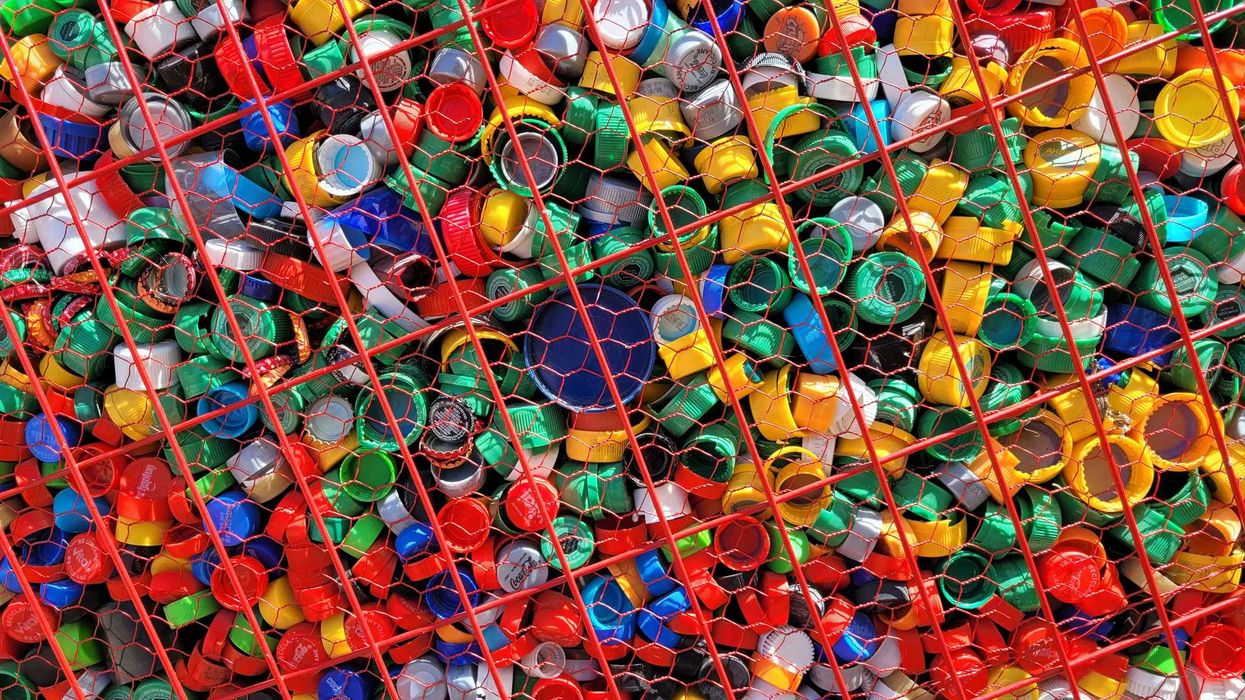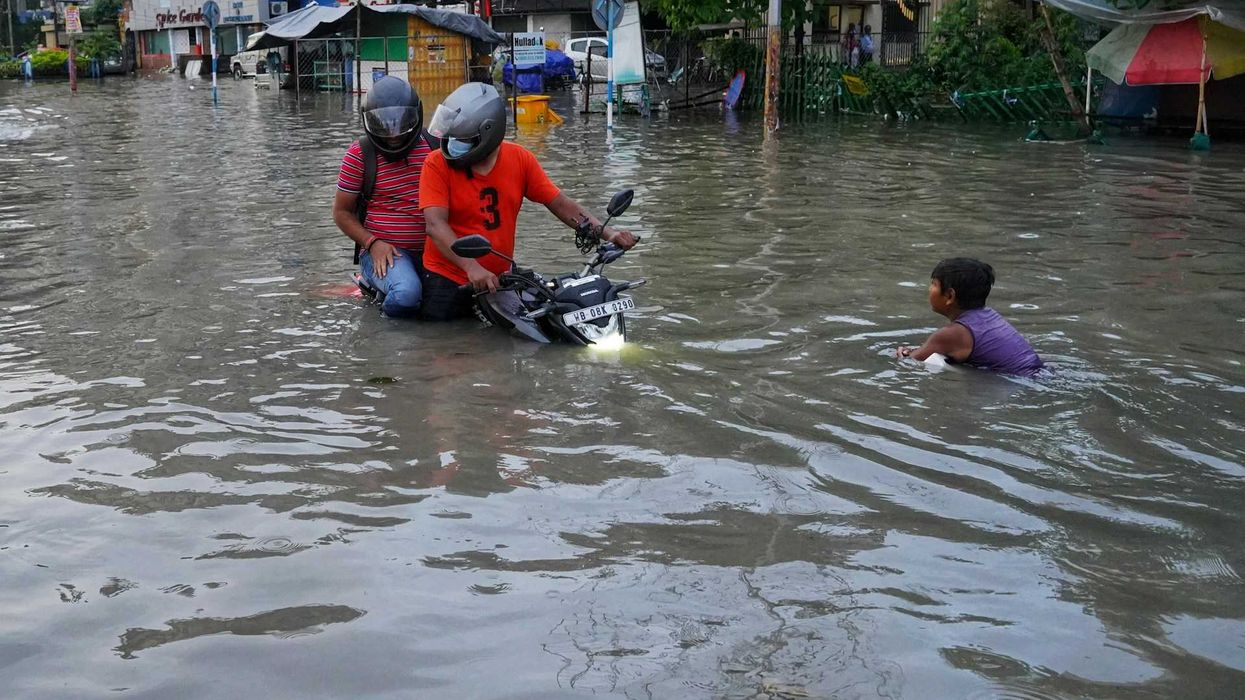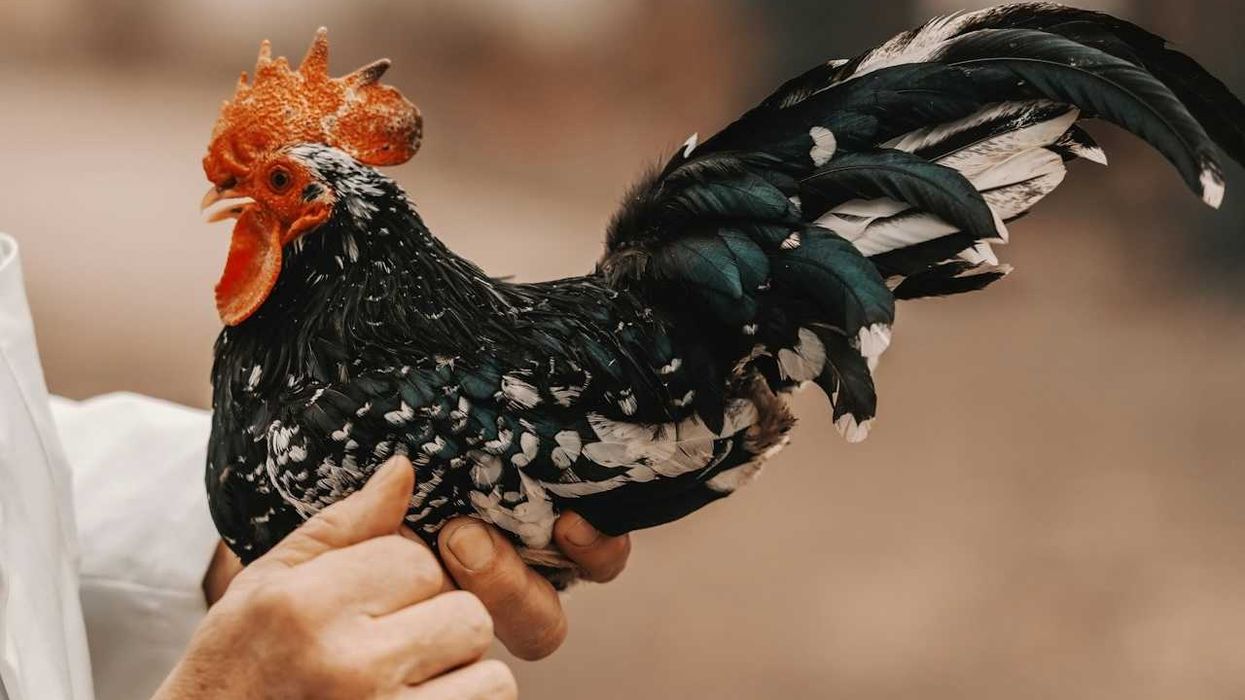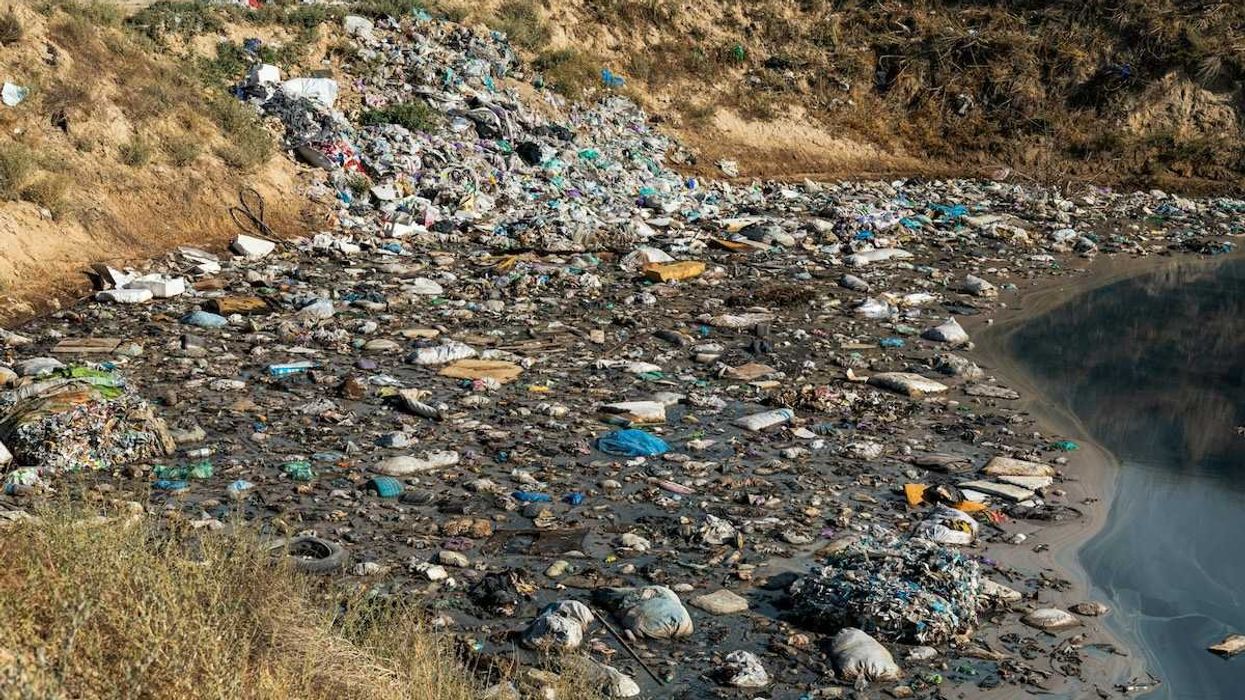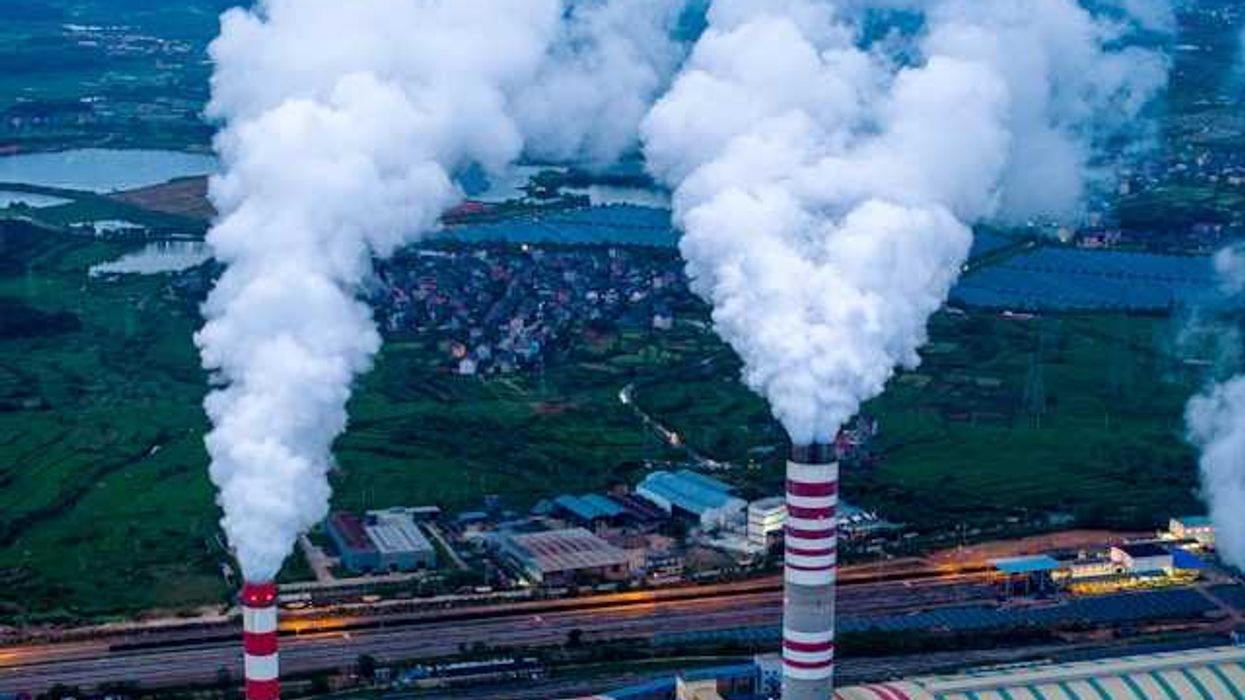A new study has revealed that combinations of different microplastics are more harmful to Acartia tonsa, a key marine species, than exposure to individual plastic types.
Jonathan Morris reports for BBC News.
In short:
- Researchers from the universities of Exeter, Plymouth, and Norwegian partners examined how mixed microplastics affected Acartia tonsa, a species vital to the ocean’s food chain.
- The study assessed survival rates, feeding, and reproductive success, finding that mixed plastic exposure led to higher death rates and developmental issues.
- Lead researcher Dr. Zara Botterell recommended improvements for future toxicity tests, including better replication and software automation.
Key quote:
"We provide several recommendations and suggestions which may aid and improve future toxicity test protocols, including increased replication and software automation."
— Dr. Zara Botterell, lead researcher
Why this matters:
Microplastics have become an omnipresent pollutant in aquatic ecosystems, infiltrating even the most remote parts of the oceans. The discovery that mixed microplastics — an increasingly common condition given the diversity of plastic waste — pose compounded risks to marine species like Acartia tonsa raises alarms for the stability of marine food webs. These creatures are not only critical for the survival of fish and larger predators but also play a role in nutrient cycling. The elevated harm from combined plastics suggests that previous studies focusing on single plastic types may underestimate ecological threats. As plastic debris continues to fragment and diversify in the environment, understanding these complex interactions becomes increasingly important for marine conservation and for protecting human food sources connected to the sea.
Read more: Plastic pollution in the ocean



